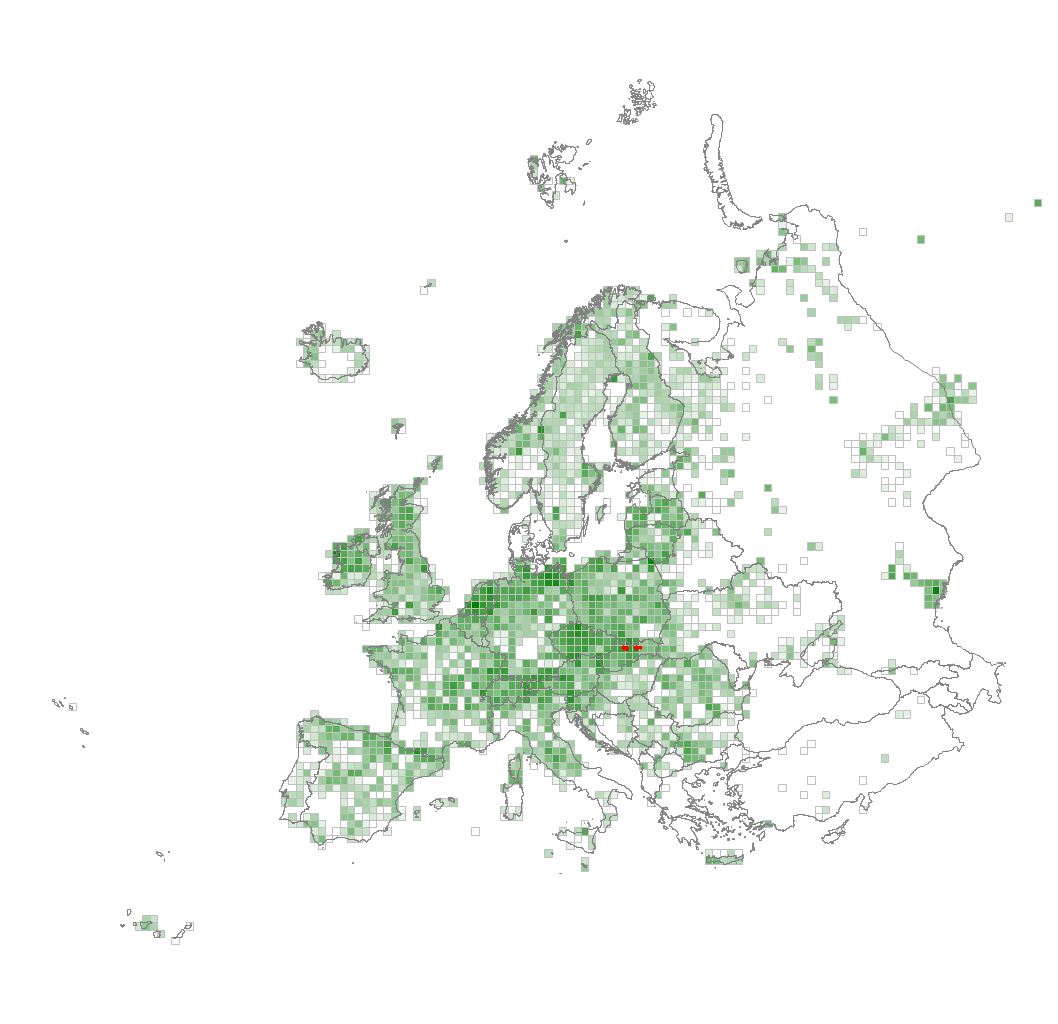Q46 Carpathian travertine fen with halophytes
Short-sedge fens developed on active travertine springs fed by extremely mineral-rich groundwater coming from deep aquifers upwards along Tertiary faults. They have conserved ancient species composition that combines plant and animal (e.g. snails and ostracods) specialists dwelling in short-sedge calcareous fens of temperate Europe, e.g. Eleocharis quinqueflora, Parnassia palustris, Pinguicula vulgaris, Primula farinosa and Schoenus ferrugineus, with halophytic species, e.g. Centaurium littorale subsp. uliginosum, Glaux maritima, Plantago maritima subsp. salsa, Scorzonera parviflora and Triglochin maritima. A characteristic species of this habitat is Trichophorum pumilum, a rare glacial relict of low-productive tundra, fen and salt marsh habitats. Many of these species have isolated relict populations in this habitat. Their species composition is similar to halophytic fens of the southern Siberian high-mountain regions which are climatically analogous to the European full glacial period. The habitat is endemic to the Inner Western Carpathian basins. Most of the localities were destroyed in the past.
Chytrý M., Tichý L., Hennekens S.M., Knollová I., Janssen J.A.M., Rodwell J.S. … Schaminée J.H.J. (2020) EUNIS Habitat Classification: expert system, characteristic species combinations and distribution maps of European habitats. Applied Vegetation Science 23: 648–675. https://doi.org/10.1111/avsc.12519
Version 2025-10-03, https://doi.org/10.5281/zenodo.16895007.
For the official presentation of the EUNIS Habitat Classification from the European Environment Agency, please see: EUNIS Terrestrial Habitat Classification 2021. The FloraVeg.EU presentation may show modifications and partial updates to the habitat classification.
